

Articles
How To Store Kiwi In The Freezer
Modified: December 7, 2023
Learn how to store kiwi in the freezer with our helpful articles. Keep your kiwi fresh and delicious for longer.
(Many of the links in this article redirect to a specific reviewed product. Your purchase of these products through affiliate links helps to generate commission for Storables.com, at no extra cost. Learn more)
Introduction
Are you a fan of delicious and nutritious kiwi fruit? Do you find yourself with an abundance of fresh kiwis and want to preserve their flavor and goodness for later use? Look no further! Freezing kiwi is a simple and effective method to extend the shelf life of this vibrant and tangy fruit.
While kiwis are commonly enjoyed fresh or used as a topping for salads, desserts, and smoothies, freezing them allows you to enjoy their delightful taste and nutritional benefits year-round. Whether you have a surplus of ripe kiwis or want to take advantage of a sale at the grocery store, freezing this exotic fruit is a convenient way to store it for later use.
In this article, we will explore the reasons for freezing kiwi, as well as different methods to freeze it and tips for proper storage and usage. So let’s dive in and discover how to preserve the lusciousness of kiwi in your freezer!
Key Takeaways:
- Enjoy the convenience of year-round kiwi with frozen fruit, preserving its vibrant flavor, nutritional benefits, and versatility in various recipes. Say goodbye to waste and hello to culinary creativity!
- Properly prepare, package, and store frozen kiwi to maintain its quality and flavor. Thaw gradually and use within recommended timeframes for optimal taste and texture. Embrace the convenience of frozen kiwi in your culinary adventures!
Read more: How To Store Kiwi
Why Freeze Kiwi?
Freezing kiwi is a fantastic way to preserve its flavor, nutrients, and vibrant color. Here are a few reasons why freezing kiwi is a great option:
- Extended Shelf Life: Kiwi is a perishable fruit that tends to ripen quickly. By freezing it, you can greatly extend its shelf life and enjoy the sweet and tangy taste for months.
- Nutritional Value: Kiwi is packed with essential vitamins, minerals, and antioxidants, including vitamin C, vitamin K, and fiber. Freezing kiwi helps to retain its nutritional value, allowing you to enjoy its health benefits even in the off-season.
- Versatility: Frozen kiwi can be used in a variety of recipes, including smoothies, desserts, jams, and sauces. Having frozen kiwi on hand opens up a world of culinary possibilities.
- Cost Savings: When you come across a great deal on ripe kiwis or have a bounty of them from your own garden, freezing is an excellent way to avoid waste and save money. You can stock up during the peak season and enjoy them at a fraction of the cost year-round.
By freezing kiwi, you can conveniently enjoy its refreshing taste, vibrant color, and inherent health benefits whenever you desire. Whether you want to add a burst of flavor to your morning smoothie or create a delightful kiwi-infused dessert, having frozen kiwi readily available in your freezer is a game-changer.
Selecting and Preparing Kiwi for Freezing
Before you freeze kiwi, it is essential to select ripe, high-quality fruit and properly prepare it to ensure optimal results. Follow these steps to select and prepare kiwi for freezing:
- Choose Ripe Kiwi: Select kiwis that are ripe but not overly soft or mushy. Look for fruits that yield slightly when pressed but still feel firm. The skin should be smooth, without any wrinkles or blemishes.
- Wash and Peel: Start by washing the kiwi under cool running water to remove any dirt or debris. Then, using a sharp knife, carefully peel the skin off the kiwi. If you prefer, you can also leave the skin on, as it is edible. However, the texture of the skin may change during freezing, so peeling is recommended.
- Slice or Mash: Depending on your preferences and how you plan to use the frozen kiwi, you can either slice it or mash it into a puree. Slicing is ideal if you want to use the frozen kiwi as garnish or for adding a pop of color to your dishes. On the other hand, mashing is great for making kiwi puree, suitable for smoothies, sauces, and desserts.
- Remove Seeds: Kiwi fruit contains small black seeds that can be bitter when frozen. If you prefer a smoother texture, you can remove the seeds using a spoon or a fine mesh strainer.
- Lemon Juice: Kiwi has a tendency to oxidize and brown when exposed to air. To prevent this, you can lightly drizzle the sliced or mashed kiwi with lemon juice. The acidity in lemon juice will help preserve its color and freshness.
By following these steps, you can ensure that your kiwi is properly prepared and ready to be frozen. Remember, the key is to choose ripe and high-quality fruit and take the necessary steps to maintain its color, texture, and flavor during the freezing process.
Method 1: Freezing Whole Kiwi
Freezing whole kiwi is the simplest method to preserve the fruit and requires minimal preparation. Here’s how you can freeze whole kiwi:
- Peel and Wash: Start by peeling the kiwi with a sharp knife. Make sure to remove the skin completely, as it can become tough and unappetizing when frozen.
- Place on a Tray: Once the kiwi is peeled, place it on a tray lined with parchment paper. Make sure the kiwis are not touching each other to prevent them from sticking together during freezing. This will also help maintain their individual shape and make it easier to use them in recipes later.
- Freeze: Transfer the tray with the kiwis to the freezer and allow them to freeze completely. This will typically take around 2-3 hours.
- Transfer to a Freezer Bag or Container: Once the kiwis are completely frozen, transfer them to a labeled freezer bag or airtight container. Make sure to squeeze out any excess air from the bag before sealing it to minimize freezer burn.
- Return to the Freezer: Place the freezer bag or container back into the freezer and store it at a temperature of 0°F (-18°C) or below. Whole kiwis can be stored in the freezer for up to 8-12 months.
When you’re ready to use the frozen whole kiwi, simply remove the desired amount from the freezer and let it thaw in the refrigerator for a few hours or overnight. Once thawed, the kiwi can be eaten as-is, added to fruit salads, or used in various recipes as per your preference.
Freezing whole kiwi is a convenient option if you want to preserve the fruit in its natural state. It allows you to enjoy the refreshing flavor and unique texture of kiwi even when it’s out of season. So go ahead and freeze some whole kiwis to have a delectable treat ready whenever you desire!
Method 2: Freezing Kiwi Slices
Freezing kiwi slices is a popular method as it provides versatility in how you can use the frozen fruit. Follow these steps to freeze kiwi slices:
- Peel and Slice: Start by peeling the kiwi fruit with a sharp knife. Once peeled, slice the kiwi into desired thickness. You can choose to make thick or thin slices, depending on your preference.
- Sprinkle with Lemon Juice: To prevent browning and maintain the vibrant color of the kiwi slices, it’s recommended to sprinkle them with lemon juice. The acidity of lemon juice helps to preserve the color and freshness of the fruit.
- Arrange on a Tray: Place the kiwi slices in a single layer on a tray lined with parchment paper. Make sure the slices do not overlap to prevent them from freezing together.
- Flash Freeze: Transfer the tray with the kiwi slices to the freezer and allow them to freeze for about 1-2 hours, or until they are firm and no longer sticky when touched. Flash freezing the slices individually will make it easier to portion and use them later.
- Transfer to Freezer Bag or Container: Once the kiwi slices are frozen, transfer them to a labeled freezer bag or airtight container. Remove any excess air from the bag before sealing to minimize freezer burn. Alternatively, you can also store the slices in separate portions if you plan to use smaller amounts at a time.
- Return to the Freezer: Place the freezer bag or container back into the freezer and store it at a temperature of 0°F (-18°C) or below. Frozen kiwi slices can be stored for up to 8-12 months.
When you’re ready to enjoy the frozen kiwi slices, simply take out the desired amount from the freezer and let them thaw in the refrigerator for a few hours or overnight. These slices are perfect for adding to smoothies, garnishing desserts, or using in fruit salads.
Freezing kiwi slices gives you the convenience of having pre-cut fruit ready to use while preserving the fresh taste and texture. So go ahead and freeze some kiwi slices to have this versatile fruit at your fingertips!
Read more: How To Store Golden Kiwi
Method 3: Freezing Kiwi Puree
Freezing kiwi puree is a great option if you want to have a smooth and versatile form of kiwi readily available for various recipes. Here’s how you can freeze kiwi puree:
- Peel and Mash: Start by peeling the kiwi fruit with a sharp knife. Once peeled, mash the kiwi flesh thoroughly using a fork, blender, or food processor. The goal is to achieve a smooth consistency without any lumps.
- Add Lemon Juice: To preserve the bright green color of the kiwi puree and prevent browning, add a splash of lemon juice to the mashed kiwi. The acid in the lemon juice will help maintain its freshness and vibrant appearance.
- Portion the Puree: Depending on your intended use, you can portion the kiwi puree into small containers, ice cube trays, or silicone molds. This will make it easier to thaw and use only the desired amount of puree without having to thaw the entire batch.
- Cover and Freeze: Cover the containers or molds tightly with plastic wrap or lids and place them in the freezer. Allow the kiwi puree to freeze completely, which usually takes around 2-3 hours.
- Transfer to Freezer Bags: Once the kiwi puree is frozen, remove the individual portions from the molds and transfer them to a labeled freezer bag. Squeeze out any excess air from the bag before sealing it to prevent freezer burn.
- Return to the Freezer: Place the freezer bags with the kiwi puree back into the freezer. Kiwi puree can be stored for up to 6-8 months.
When you’re ready to use the frozen kiwi puree, simply take out the desired portion from the freezer and let it thaw in the refrigerator for a few hours or overnight. The puree can be used in smoothies, sauces, baked goods, or any other recipe that calls for a burst of kiwi flavor.
Freezing kiwi puree not only allows you to have a convenient form of kiwi on hand but also makes it easier to incorporate the fruit into various dishes and recipes. So go ahead and freeze some kiwi puree to have a smooth and delicious addition to your culinary creations!
To store kiwi in the freezer, first peel and slice the fruit. Place the slices in a single layer on a baking sheet and freeze for 1-2 hours. Once frozen, transfer the slices to a resealable plastic bag or airtight container for long-term storage. This will prevent the slices from sticking together and make it easier to grab just a few pieces at a time.
Proper Packaging and Labeling for Frozen Kiwi
When it comes to freezing kiwi, proper packaging and labeling are crucial to maintain its quality and ensure easy identification in the freezer. Follow these guidelines for proper packaging and labeling of frozen kiwi:
- Use Freezer-safe Containers or Bags: Choose containers or freezer bags that are specifically designed for freezing food. These should be made of durable, airtight materials that can withstand low temperatures without breaking or leaking.
- Label the Containers: Clearly label each container or freezer bag with the date of freezing. This will help you keep track of the storage duration and ensure that you use the oldest kiwi first to maintain freshness.
- Indicate the Contents: Along with the date, it’s important to label the containers with the contents, specifying that it contains frozen kiwi. This will prevent any confusion when rummaging through the freezer later on.
- Squeeze Out Excess Air: Before sealing the freezer bags, remove as much air as possible to minimize the risk of freezer burn. Squeezing out excess air will help maintain the quality and flavor of the frozen kiwi.
- Keep Portions Separate: If you plan to use frozen kiwi in smaller portions, consider portioning them individually. This way, you can easily thaw and use only the required amount, rather than having to thaw the entire batch each time.
- Stack and Organize: Once packaged and labeled, stack the containers or freezer bags neatly in the freezer. Organize them in a way that allows easy access and visibility, making it convenient to find and use the frozen kiwi when needed.
- Maintain Freezer Temperature: Ensure that your freezer is set at a temperature of 0°F (-18°C) or below. Maintaining the proper freezing temperature will preserve the quality, flavor, and nutritional value of the frozen kiwi.
By following these proper packaging and labeling practices, you can ensure the longevity of the frozen kiwi while keeping it organized and easy to identify in your freezer. This will save you time and effort when it comes to meal planning and preparation.
Remember, freezing kiwi in a well-packaged and labeled manner not only helps preserve its freshness but also allows you to efficiently incorporate this delightful fruit into your favorite recipes whenever the craving strikes.
Storing Frozen Kiwi in the Freezer
Proper storage of frozen kiwi is essential to maintain its quality and flavor over an extended period. Here are some guidelines for storing frozen kiwi in the freezer:
- Select an Appropriate Freezer Location: Choose a spot in your freezer where the temperature remains constant and does not experience frequent temperature fluctuations. This will help preserve the quality of the frozen kiwi.
- Place Packages in a Single Layer: Store the containers or freezer bags containing the frozen kiwi in a single layer if possible. This allows for better air circulation and ensures that the kiwi freezes evenly.
- Avoid Overcrowding: Avoid overcrowding the freezer with too many items, as this can obstruct proper airflow and affect the freezing process. Leaving some space between the packages of frozen kiwi will help maintain optimal freezing conditions.
- Be Mindful of Storage Time: While frozen kiwi can maintain its quality for an extended period, it is best to use it within 8-12 months for the best taste and texture. Labeling the containers with the freezing date can help you keep track of the storage time.
- Keep the Freezer Door Closed: Avoid frequently opening and closing the freezer door, as this can cause temperature fluctuations. Keeping the door closed helps maintain a constant and optimal freezing environment for the kiwi.
- Avoid Temperature Fluctuations: Ensure that your freezer is set at a temperature of 0°F (-18°C) or below. Sudden temperature fluctuations can compromise the quality of the frozen kiwi, so it’s important to consistently maintain the proper freezing temperature.
- Check for Freezer Burn: Regularly inspect the frozen kiwi packages for any signs of freezer burn, such as discoloration or dryness. If you notice any affected areas, consider using those portions first to prevent further deterioration.
By following these storing guidelines, you can maintain the quality, taste, and nutritional value of the frozen kiwi for an extended period. This ensures that you can enjoy the vibrant flavor and numerous culinary possibilities that frozen kiwi offers.
Remember, maintaining the proper freezing conditions and being mindful of storage time will help you make the most of the frozen kiwi in your freezer. So store it carefully and enjoy the convenience of having this delicious fruit readily available whenever you need it!
Thawing and Using Frozen Kiwi
Thawing frozen kiwi properly is crucial to preserve its texture and flavor. Here are some methods for thawing and using frozen kiwi:
- Refrigerator Thawing: The recommended method for thawing frozen kiwi is to transfer it from the freezer to the refrigerator. Place the desired amount of frozen kiwi in a container or airtight bag and let it thaw in the refrigerator for several hours or overnight. Thawing in the refrigerator ensures a gradual process, allowing the kiwi to maintain its texture and taste.
- Room Temperature Thawing: If you are short on time, you can thaw the frozen kiwi at room temperature. Simply place the desired amount in a bowl or plate and let it sit at room temperature for 30-60 minutes. However, be cautious not to leave it at room temperature for an extended period to avoid potential bacteria growth.
- Direct Usage in Recipes: If you plan to incorporate the frozen kiwi directly into recipes, such as smoothies or sauces, you can add the frozen fruit directly without thawing. The blending or cooking process will naturally thaw the kiwi as it combines with the other ingredients.
- Using Thawed Kiwi: Once the frozen kiwi is thawed, it is best to consume it within a day or two for optimal taste and texture. Thawed kiwi can be enjoyed as a refreshing snack, used as a topping for yogurt or cereal, or incorporated into various recipes such as fruit salads, desserts, or baked goods.
- Unused Thawed Kiwi: If you have thawed more kiwi than you can use at once, you should not refreeze it. The texture and integrity of the fruit can be compromised after thawing, leading to a watery and mushy consistency.
Remember, the texture of thawed kiwi may be slightly softer compared to fresh fruit, but the taste and nutritional value should remain intact. Thawing the frozen kiwi properly ensures that you can enjoy its vibrant flavor and use it in various culinary creations.
By following these thawing and usage methods, you can make the most of your frozen kiwi and effortlessly incorporate it into your favorite recipes whenever the need arises!
Read more: How To Store Kiwi In The Fridge
Tips and Tricks for Freezing Kiwi
Freezing kiwi is a convenient way to preserve this delicious fruit for later use. To ensure the best results, here are some helpful tips and tricks:
- Choose Ripe Kiwi: Select fully ripe kiwi fruits for freezing. Ripe kiwis have a vibrant color, slightly soft texture, and sweet taste, ensuring optimal flavor after freezing and thawing.
- Use High-Quality Storage Containers: Invest in high-quality freezer-safe containers or bags that are designed for long-term storage. Avoid using containers that are not meant for freezing, as they may not provide adequate protection against freezer burn.
- Properly Label the Packages: Clearly label the containers or bags with the date of freezing and the contents. This will help you keep track of how long the kiwi has been stored and easily identify it in the freezer.
- Flash Freezing Method: When freezing kiwi slices or puree, use the flash freezing method by spreading the slices or portions on a tray before transferring them to containers or bags. This prevents them from sticking together, making it easier to portion out the desired amount later.
- Use Lemon Juice: Sprinkle lemon juice over the kiwi slices or puree before freezing to prevent browning and maintain the vibrant color of the fruit. The acid in lemon juice acts as a natural preservative.
- Avoid Overcrowding: Avoid overcrowding the freezer with too many kiwi packages. Leave enough space around the packages to allow proper air circulation, ensuring that the kiwi freezes evenly and retains its quality.
- Thaw Gradually: When thawing frozen kiwi, opt for gradual thawing in the refrigerator. This preserves the texture and flavor of the fruit while minimizing the risk of bacterial growth.
- Recipe Adaptations: Adjust recipes that call for fresh kiwi when using frozen kiwi. Thawed kiwi may have a softer texture, so take this into account when using it as a topping or garnish. Consider using thawed kiwi in smoothies, jams, sauces, or baking recipes.
- Enjoy Within Recommended Timeframe: While frozen kiwi can be stored for an extended period, it is best to consume it within the recommended time frame of 8-12 months. This ensures the best quality and taste.
By following these tips and tricks, you can enjoy the convenience of having frozen kiwi readily available while maintaining its delicious flavor and nutritional value. Whether you freeze whole kiwi, slices, or puree, these tips will help ensure successful freezing and enjoyable usage in a variety of dishes!
Conclusion
Freezing kiwi is an excellent way to extend the shelf life of this vibrant and delicious fruit, allowing you to enjoy its refreshing taste and nutritional benefits beyond its peak season. Whether you choose to freeze whole kiwi, slices, or puree, following the proper techniques and guidelines ensures that the frozen kiwi retains its flavor, texture, and vibrant color.
Selecting ripe kiwi, properly preparing it for freezing, and using high-quality storage containers are essential steps in the process. Whether you’re a smoothie enthusiast, a dessert lover, or simply want to enjoy the refreshing taste of kiwi throughout the year, having frozen kiwi readily available in your freezer is a convenient option.
Proper packaging and labeling of the frozen kiwi help maintain its quality and make it easy to find in the freezer. By storing the frozen kiwi in a single layer, avoiding overcrowding, and maintaining a constant freezer temperature, you can ensure that the fruit retains its taste and nutritional value for an extended period.
Thawing frozen kiwi using proper methods, such as gradual thawing in the refrigerator or incorporating it directly into recipes, helps preserve its texture and taste. Remember to use thawed kiwi within a day or two for optimal results.
With the tips and tricks provided, you can make the most of freezing kiwi. From choosing ripe fruit to properly labeling packages and adjusting recipes, these insights will help you create a seamless freezing and thawing process.
So go ahead and freeze some kiwi today! Whether you’re looking to enhance your breakfast smoothie, add a burst of flavor to your desserts, or incorporate it into savory dishes, having frozen kiwi on hand opens up a world of culinary possibilities. Enjoy the convenience and delight of enjoying this versatile fruit anytime you desire!
Frequently Asked Questions about How To Store Kiwi In The Freezer
Was this page helpful?
At Storables.com, we guarantee accurate and reliable information. Our content, validated by Expert Board Contributors, is crafted following stringent Editorial Policies. We're committed to providing you with well-researched, expert-backed insights for all your informational needs.
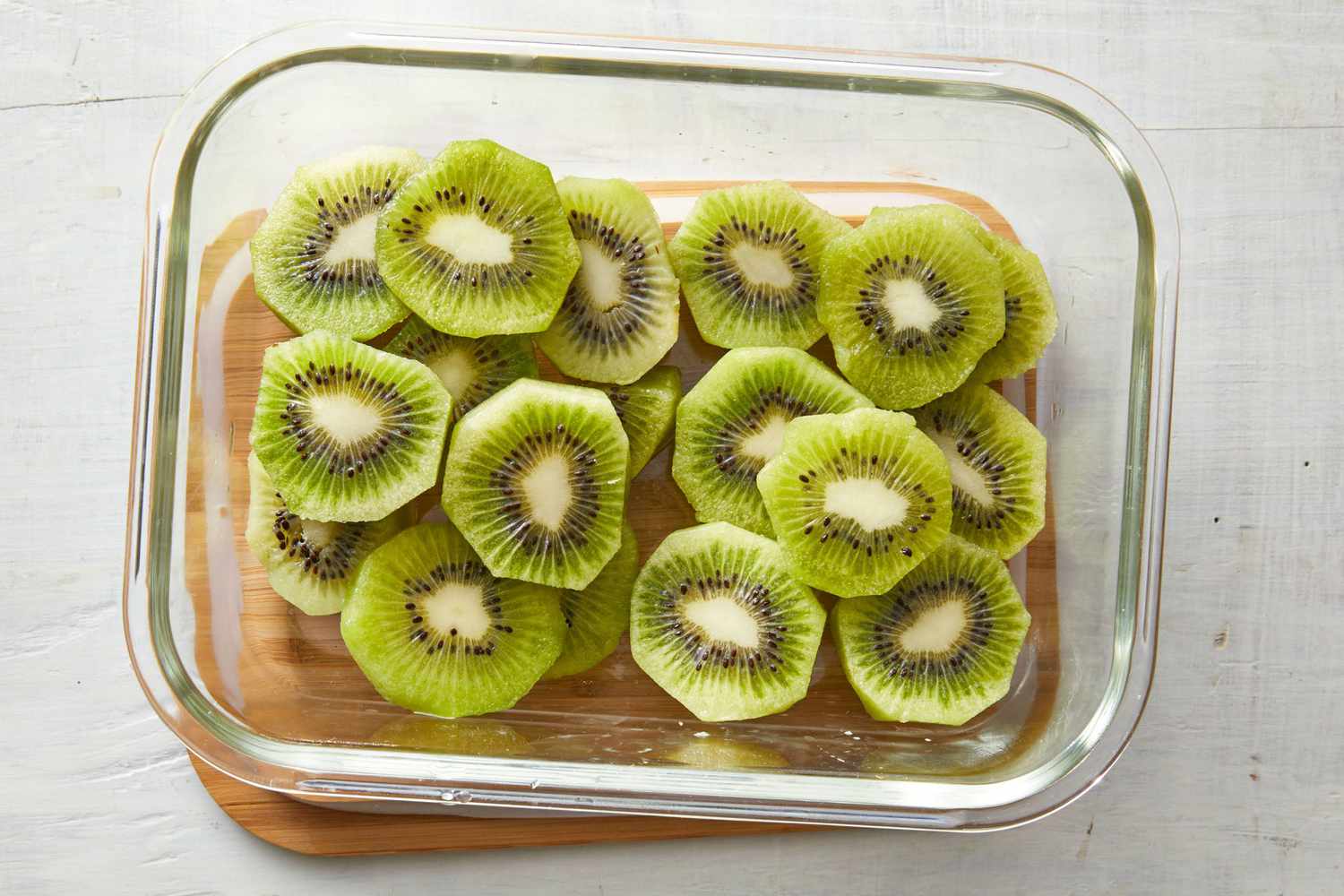
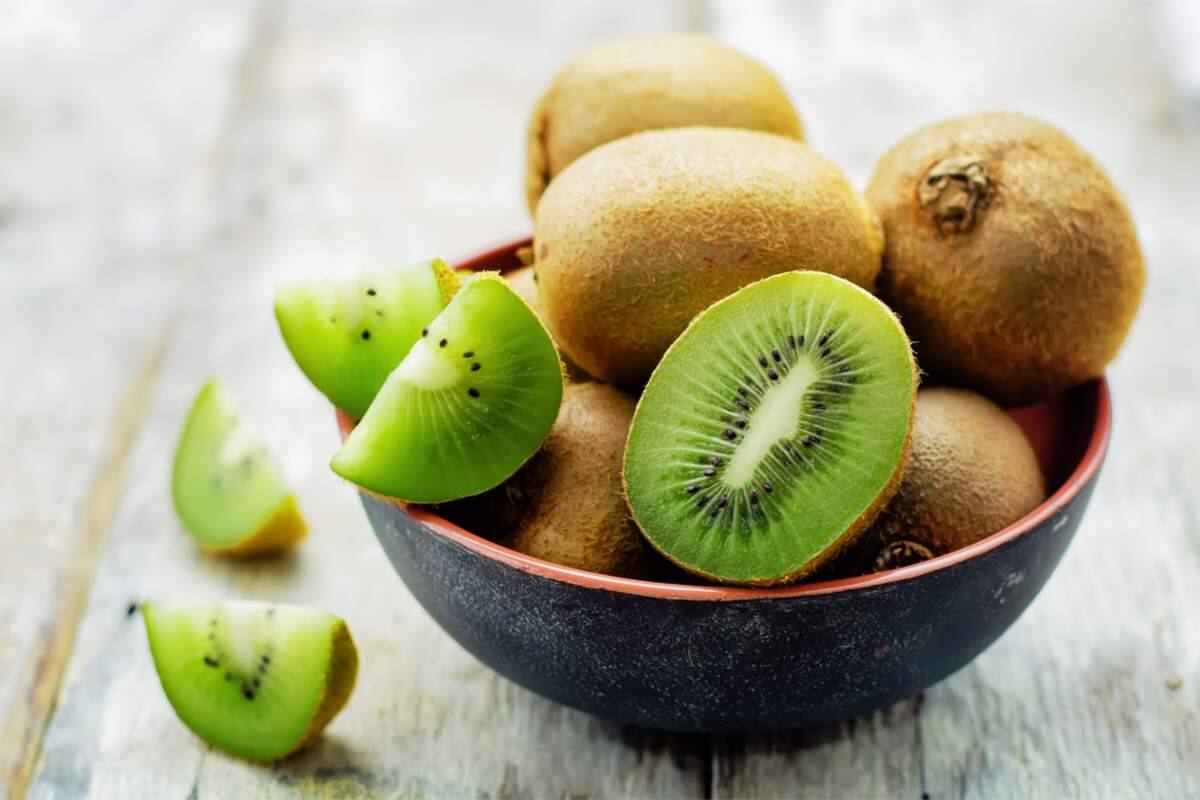
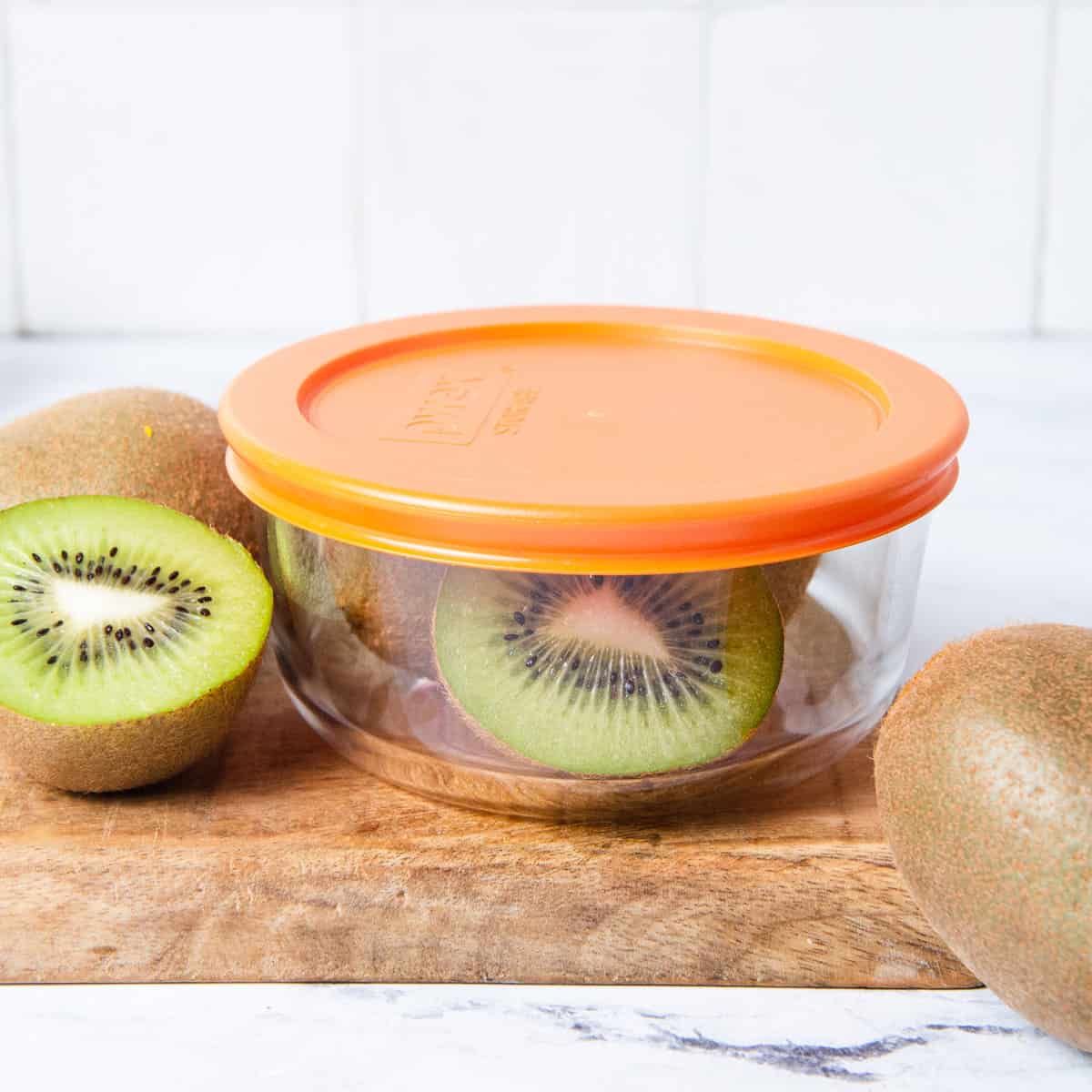
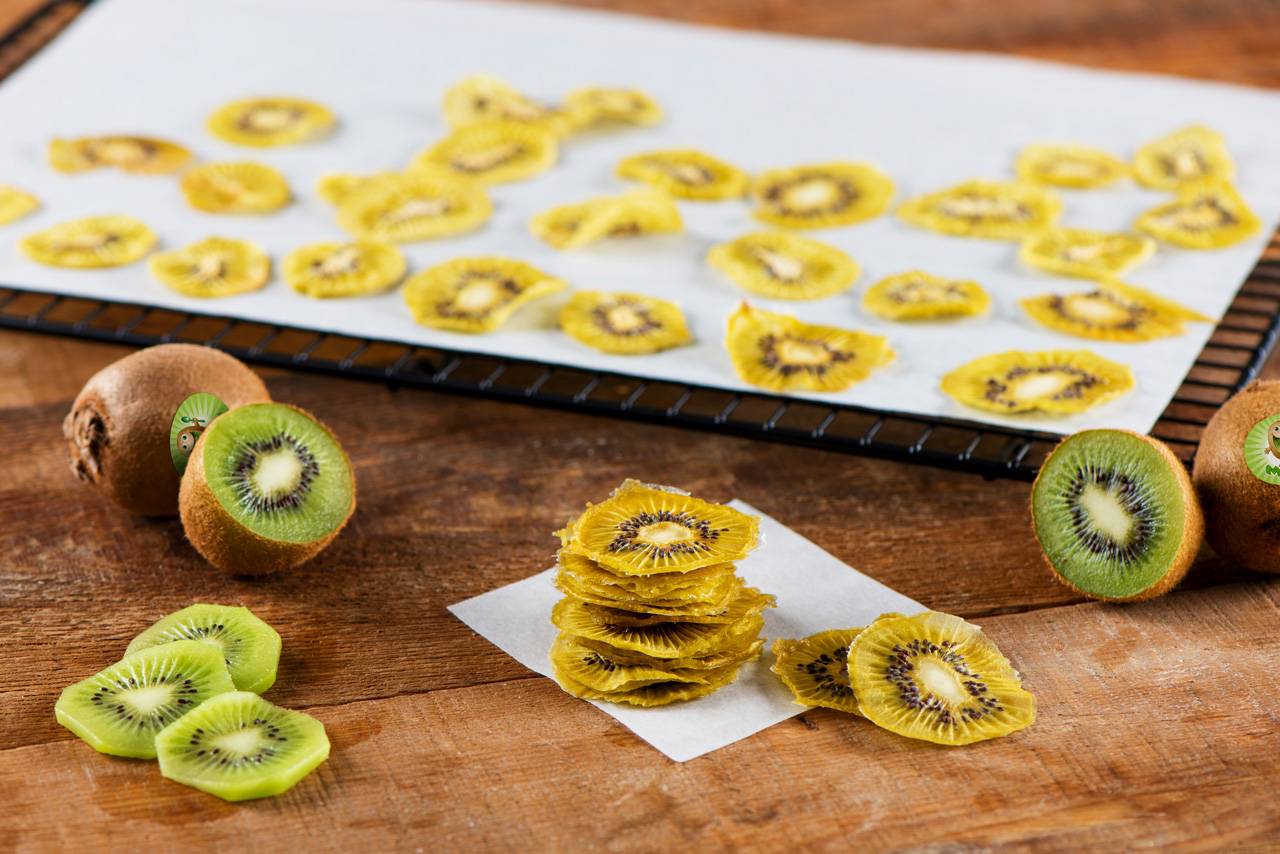
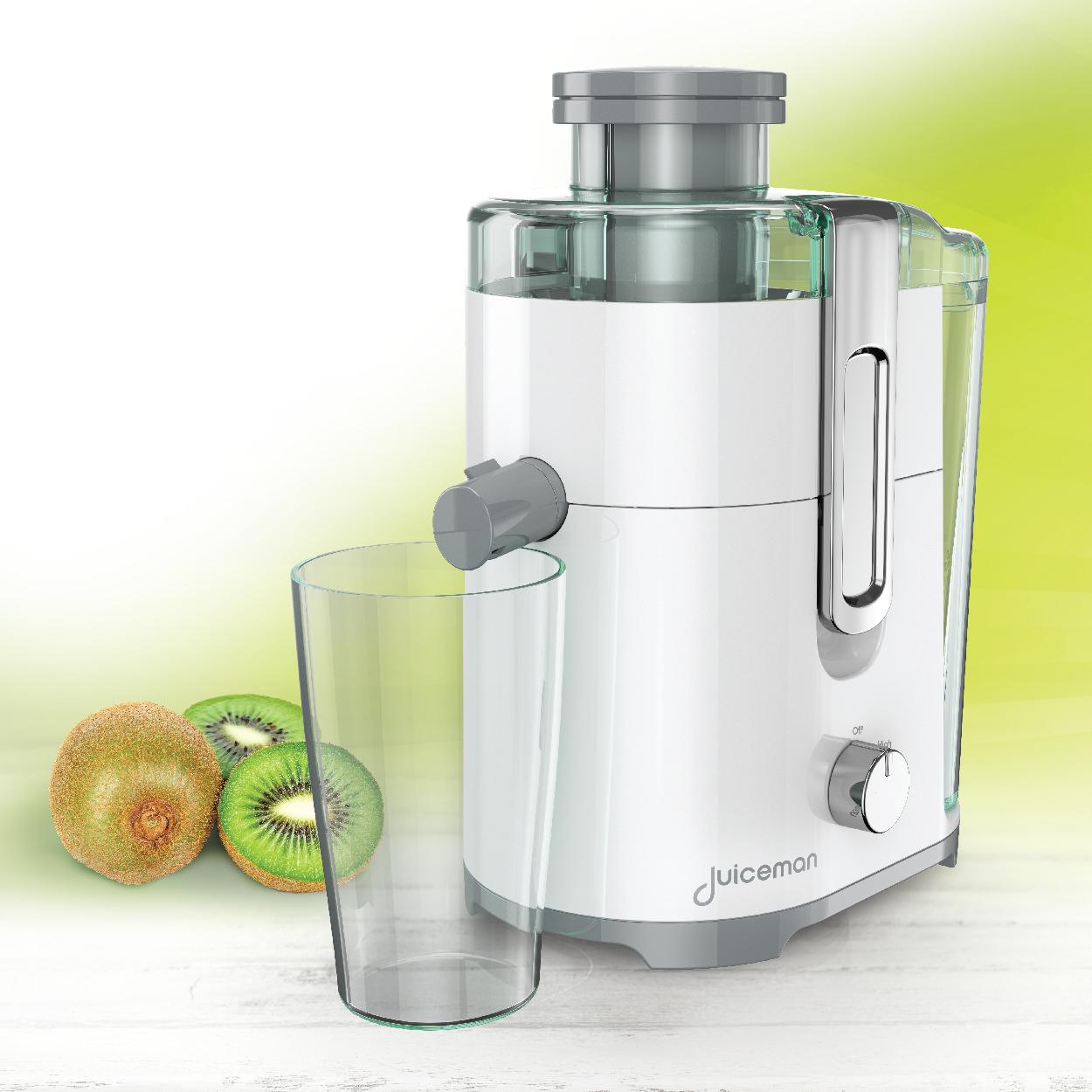
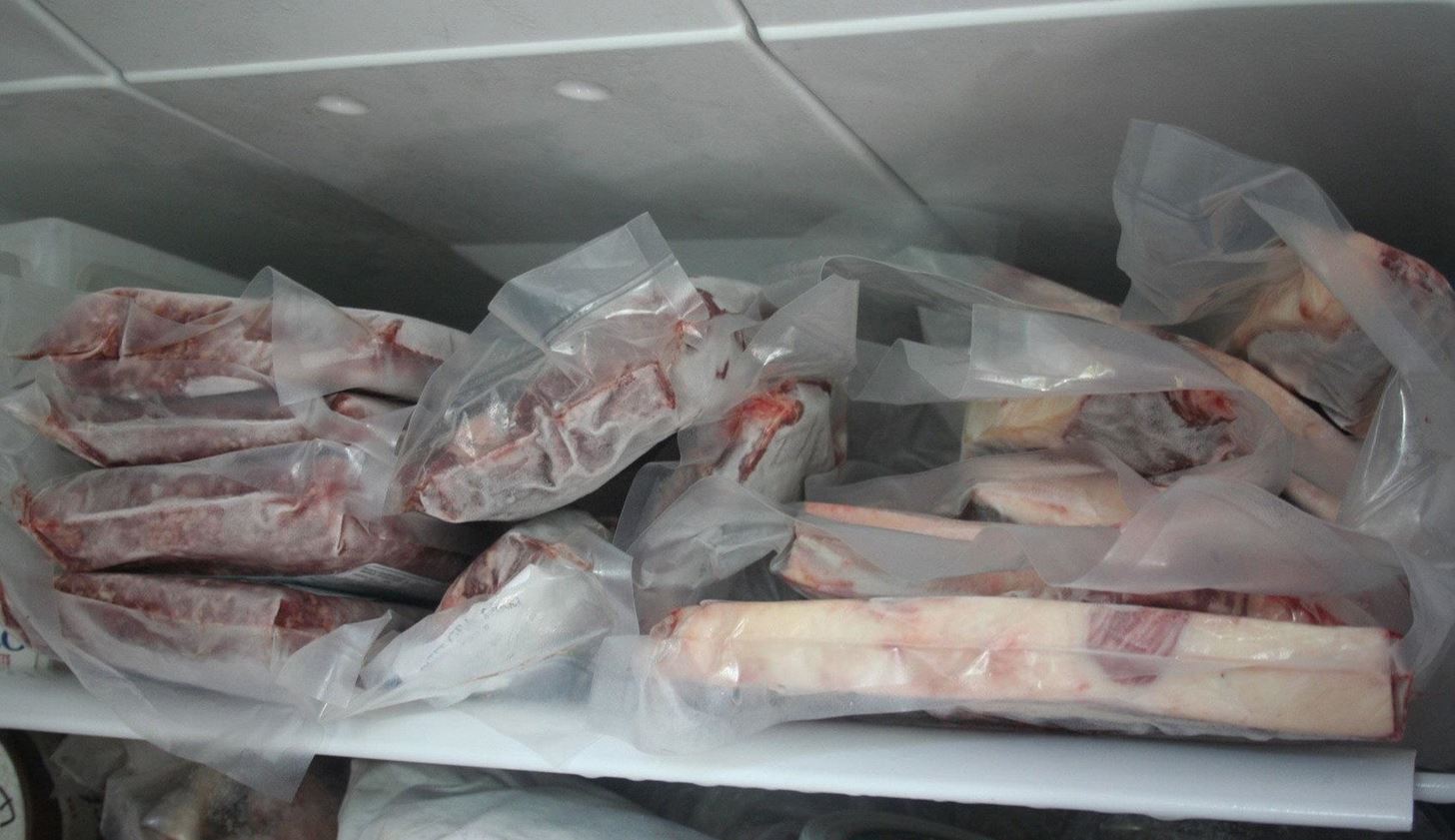
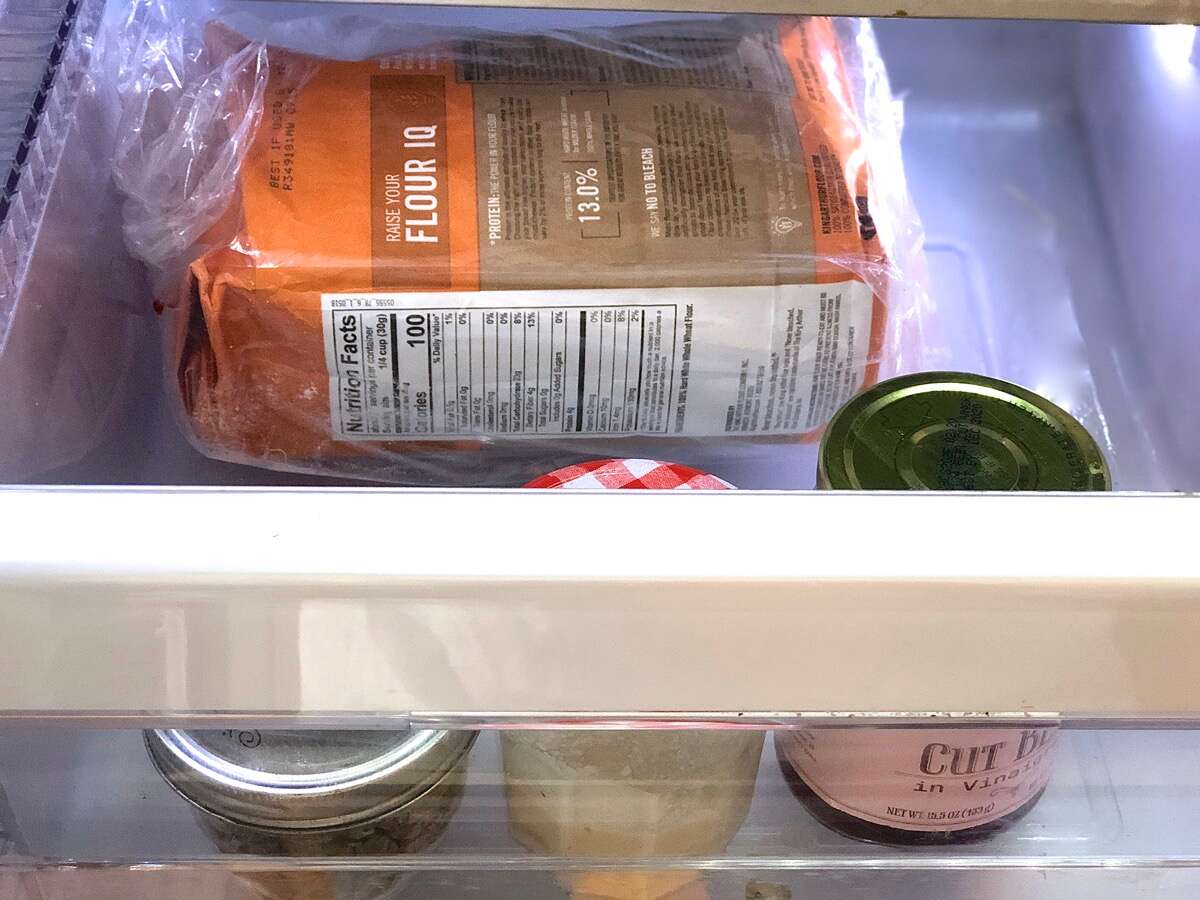
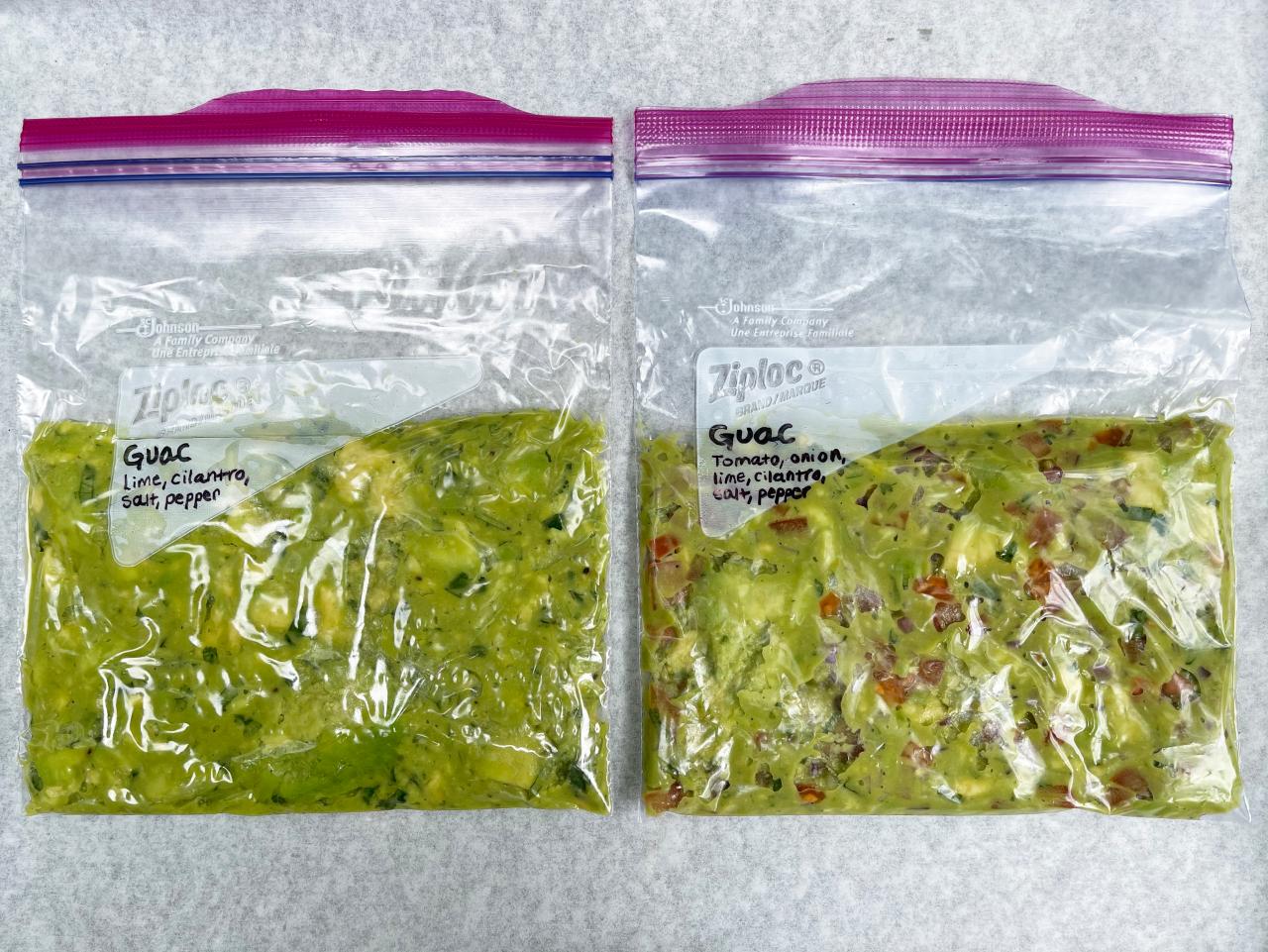
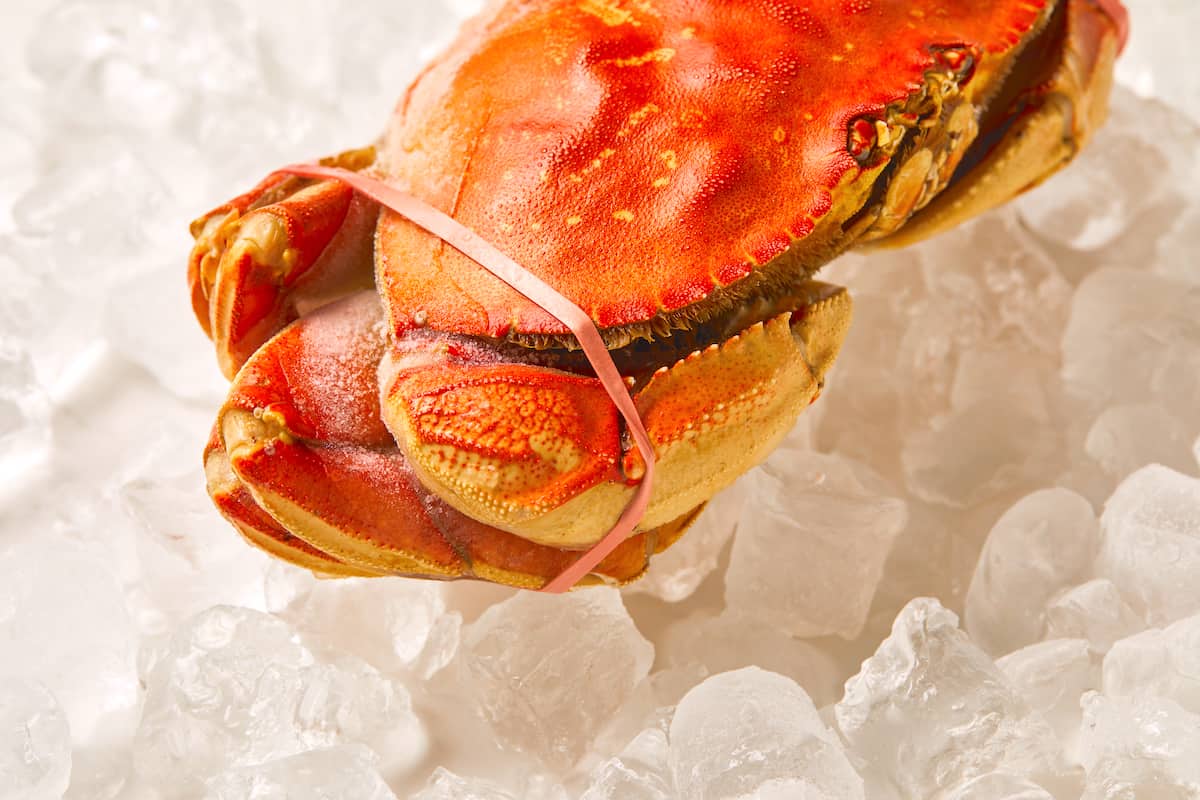
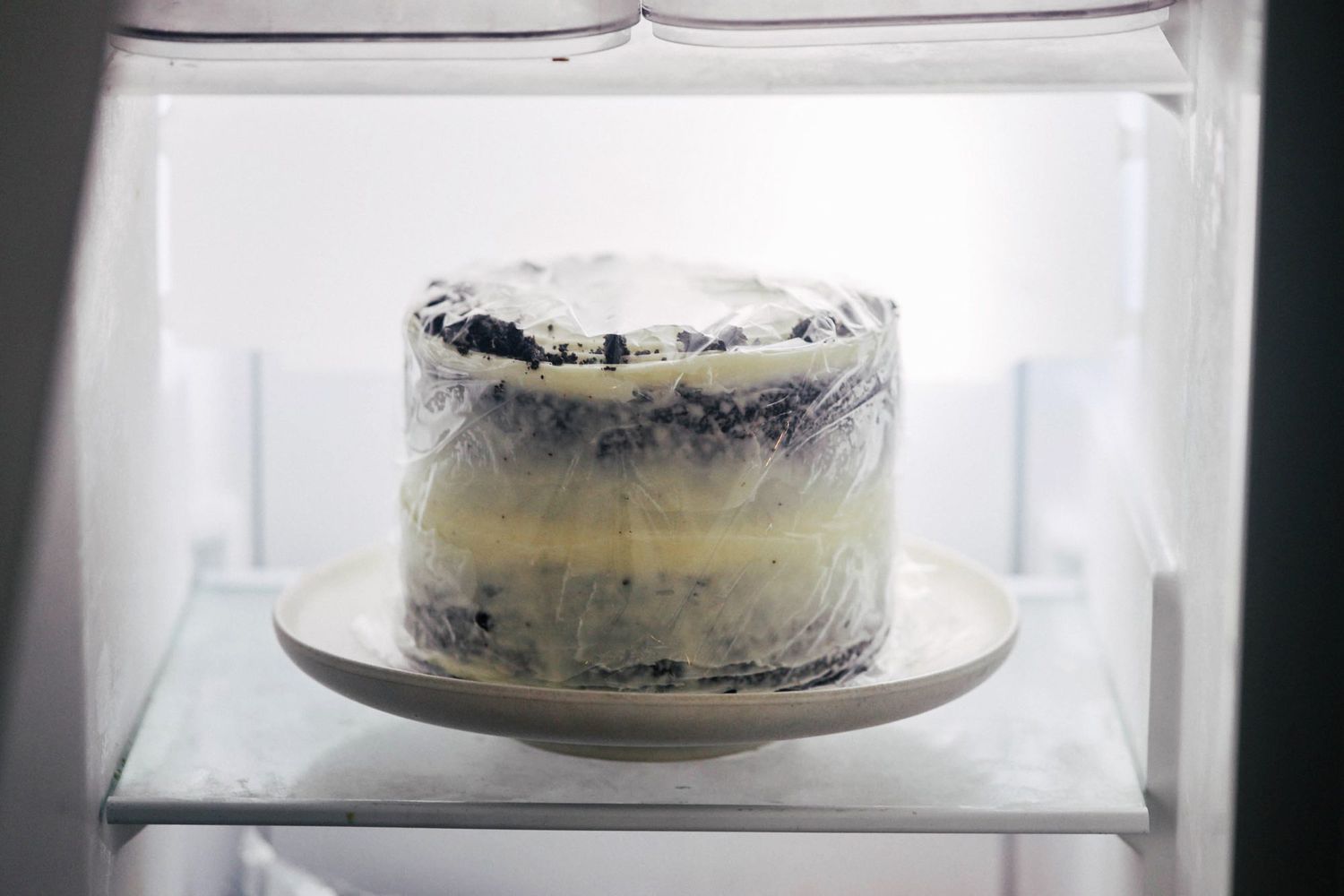
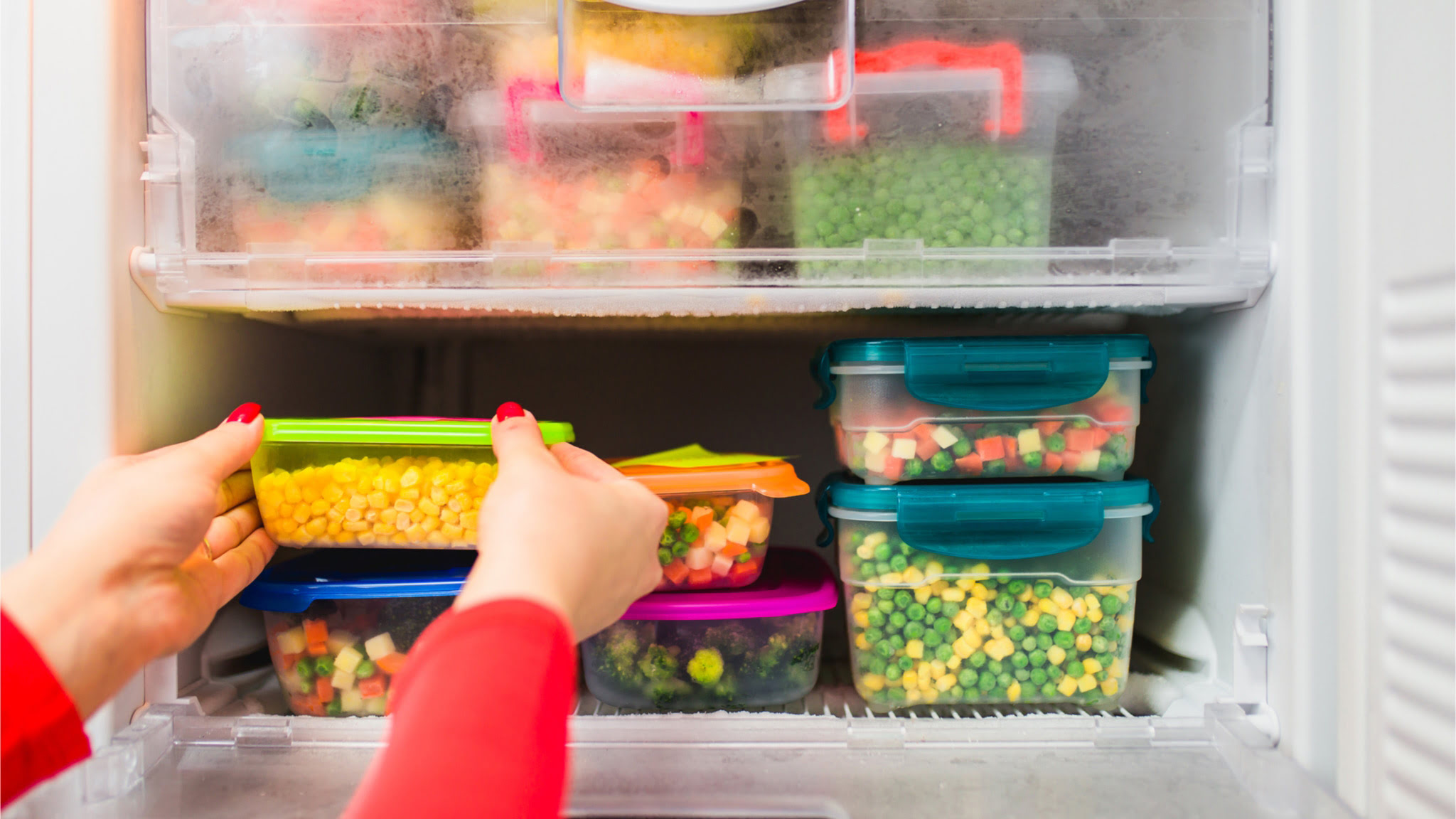
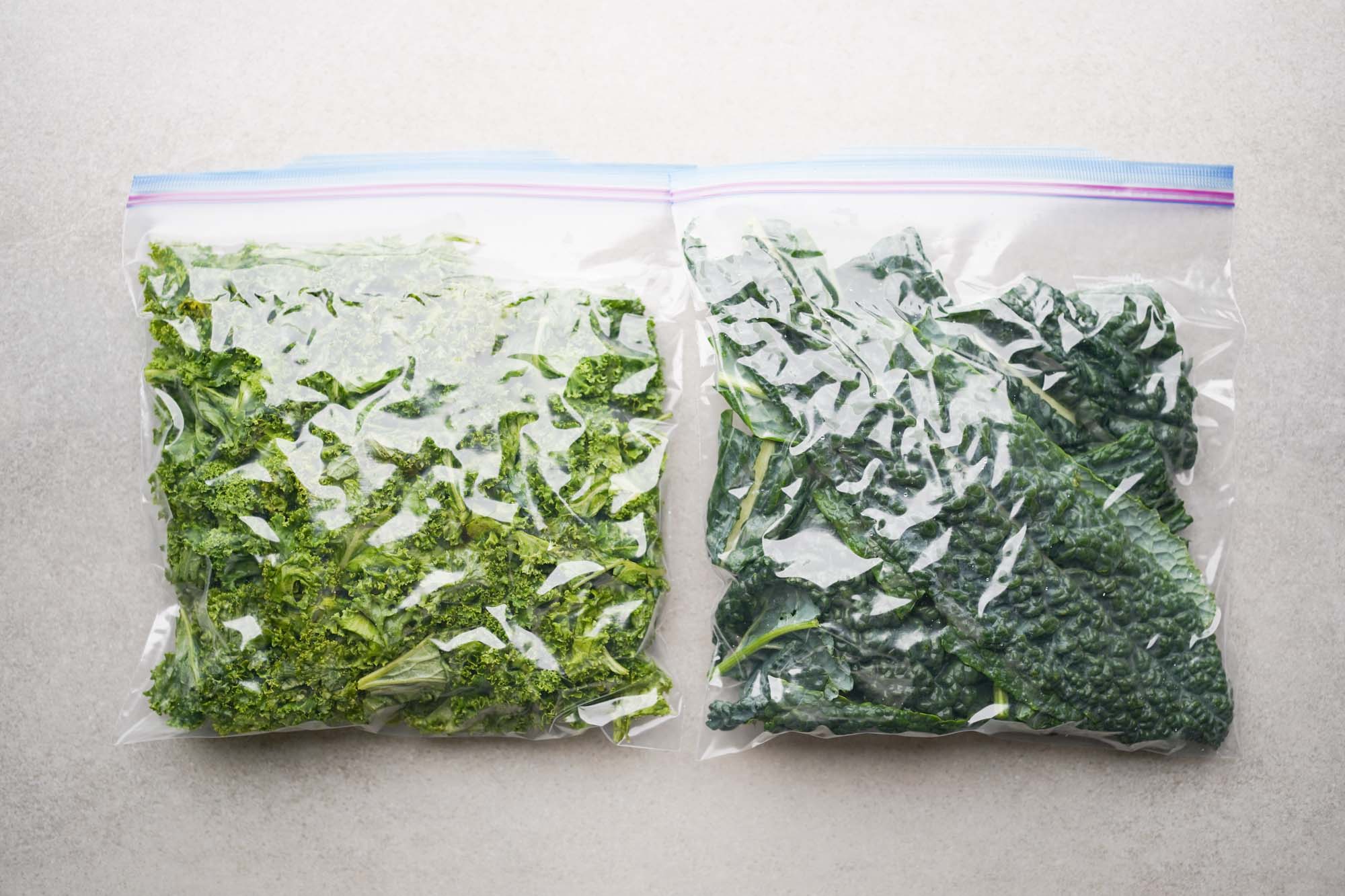
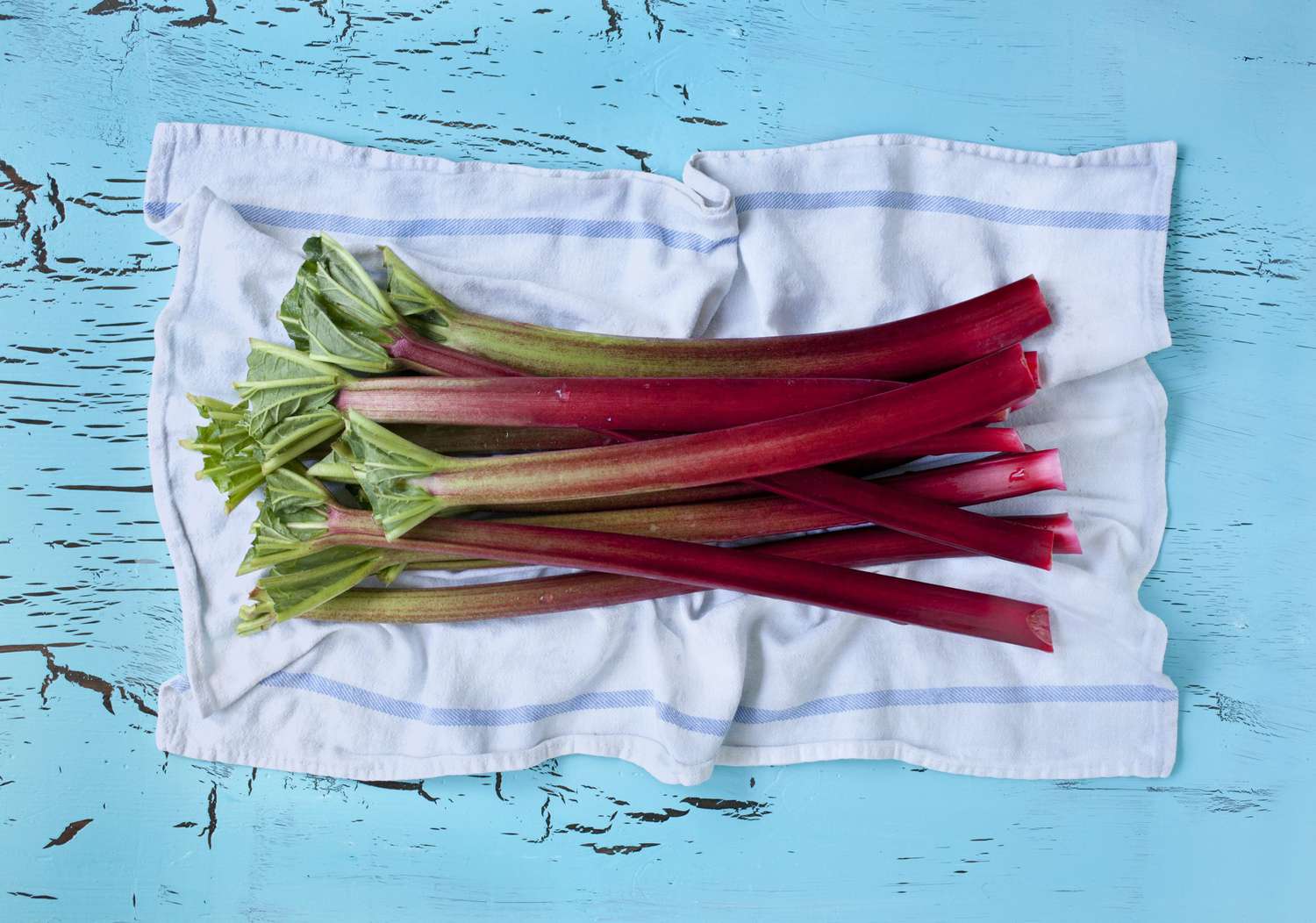

0 thoughts on “How To Store Kiwi In The Freezer”